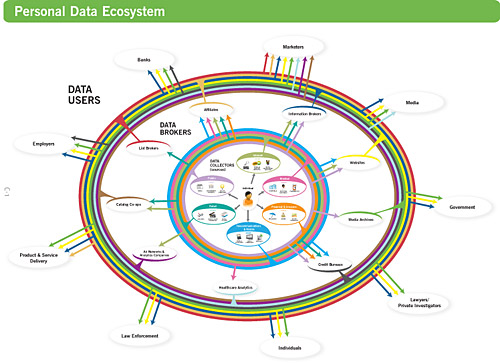Rights Groups Sue Trump Administration for Legal Justification of Deadly Boat Strikes
NEW YORK – The American Civil Liberties Union, the Center for Constitutional Rights, and the New York Civil Liberties Union today filed a lawsuit in the United States District Court for the Southern District of New York seeking the immediate release of an Office of Legal Counsel (OLC) opinion and other documents related to President Trump’s illegal lethal strikes on civilian boats in international waters.
“The public deserves to know how our government is justifying the cold-blooded murder of civilians as lawful and why it believes it can hand out get-out-of-jail-free cards to people committing these crimes,” said Jeffrey Stein, staff attorney with the ACLU’s National Security Project. “The Trump administration must stop these illegal and immoral strikes, and officials who have carried them out must be held accountable.”
Since Sept. 2, the Trump administration has conducted at least 22 strikes, murdering at least 87 civilians, in clear violation of domestic and international law. Indeed, the U.S. military may not, under any circumstances, execute civilians who are merely suspected of smuggling drugs. The federal government must first pursue non-lethal measures like arrest and demonstrate that lethal force is an absolute last resort to protect against a concrete, specific, and imminent threat of death or serious physical injury. Despite bipartisan outrage over these plainly unlawful attacks, the Trump administration has said they will continue.
The groups are suing to force the disclosure of a legal opinion authored by OLC — a part of the Justice Department whose opinions are generally treated as binding within the executive branch — that apparently blesses the ongoing strikes as lawful acts in an alleged “armed conflict” with unspecified “drug cartels.” According to news accounts, the memo also purports to immunize personnel who authorized or took part in these unlawful strikes from future criminal prosecution for what would otherwise simply be homicides.
Contrary to the government’s public assertions, the United States is not, and could not be, in an armed conflict with Latin American drug cartels. Under international law, an armed conflict between a state and a non-state actor exists only if the non-state actor is an “organized armed group” that is structured and disciplined like regular armed forces and is engaged in “protracted armed violence” against the state. There is no plausible argument that any drug cartel satisfies this test vis-a-vis the United States.
“The Trump administration is displacing the fundamental mandates of international law with the phony wartime rhetoric of a basic autocrat,” said Baher Azmy, legal director of the Center for Constitutional Rights. “If the OLC opinion seeks to dress up legalese in order to provide cover for the obvious illegality of these serial homicides, the public needs to see this analysis and ultimately hold accountable all those who facilitate murder in the United States’ name.”
The Trump administration has repeatedly acknowledged the existence of the memo and continues to assert that their strikes are on “firm legal ground,” yet they are still refusing to publicly release the OLC opinion that details their reasoning. In mid-November, the Trump administration allowed members of Congress and their staffs to read the opinion. Many found its analysis deeply troubling. Indeed, one senator remarked that the opinion “would not constrain any use of force anywhere in the world. I mean, it is broad enough to authorize just about anything.”
“The public deserves to know how the Trump administration is rubber-stamping the bombing of civilians in the Caribbean Sea, with no accountability,” said Ify Chikezie, staff attorney at the New York Civil Liberties Union. “By claiming that these attacks are legal while refusing to provide any evidence or rationale, Trump shows once again his disdain for basic transparency, human rights, and the rule of law. The courts must step in and order the administration to release these documents immediately.”
The groups are asking the court to intervene because the government has not released any records in response to their request, despite urgent public interest in the OLC opinion and the Freedom of Information Act’s (FOIA) clear statutory deadlines.
Court Case: FOIA Case Seeking the Trump Administration’s Legal Justification for Deadly Boat Strikes
Affiliate: New York




